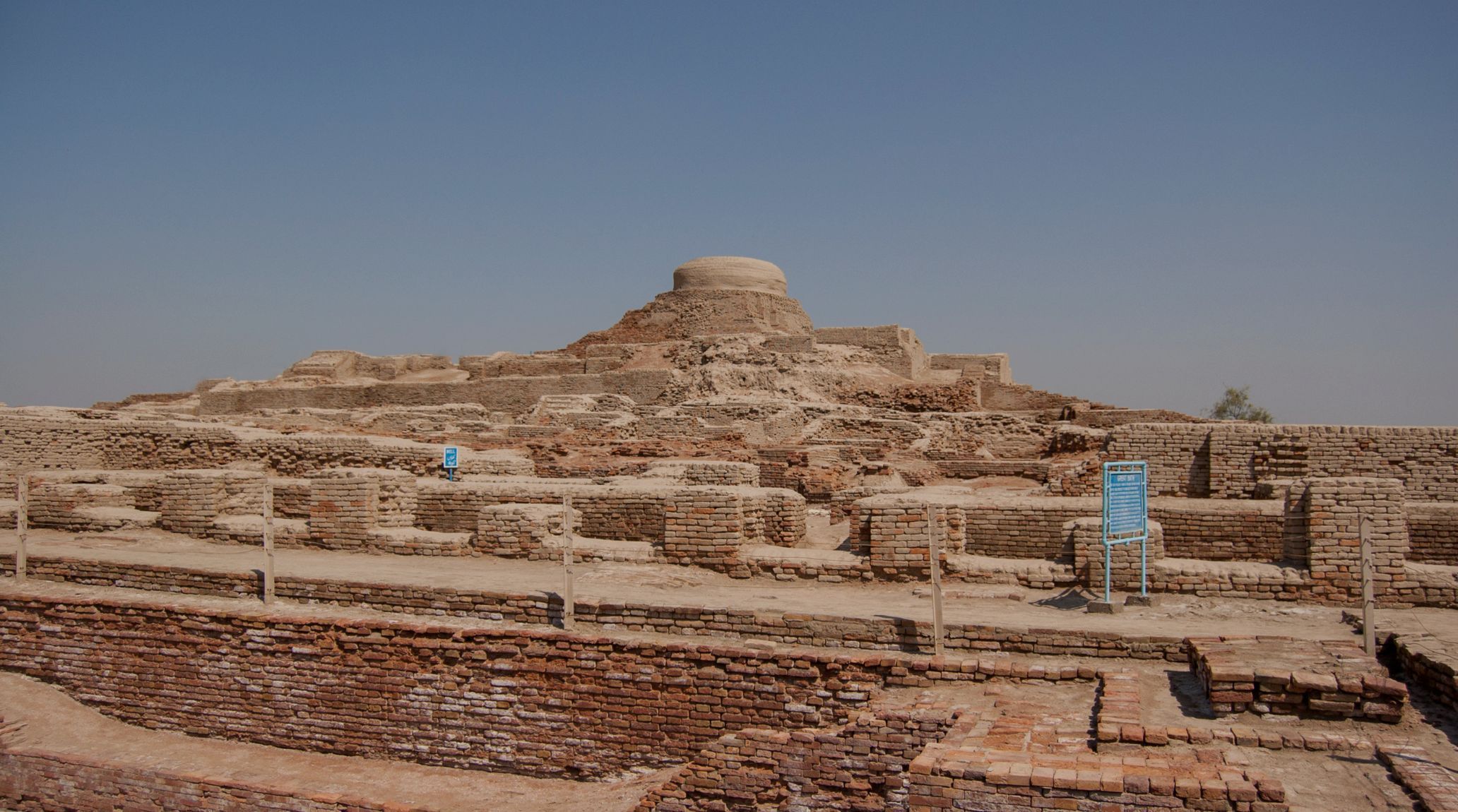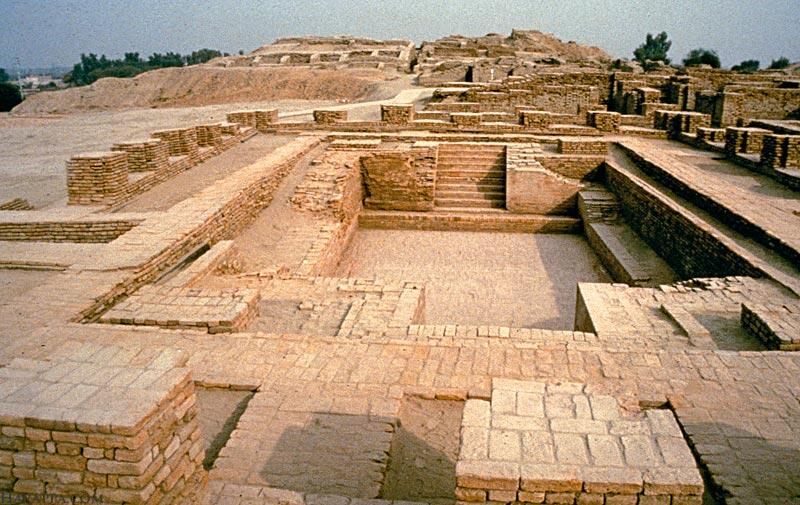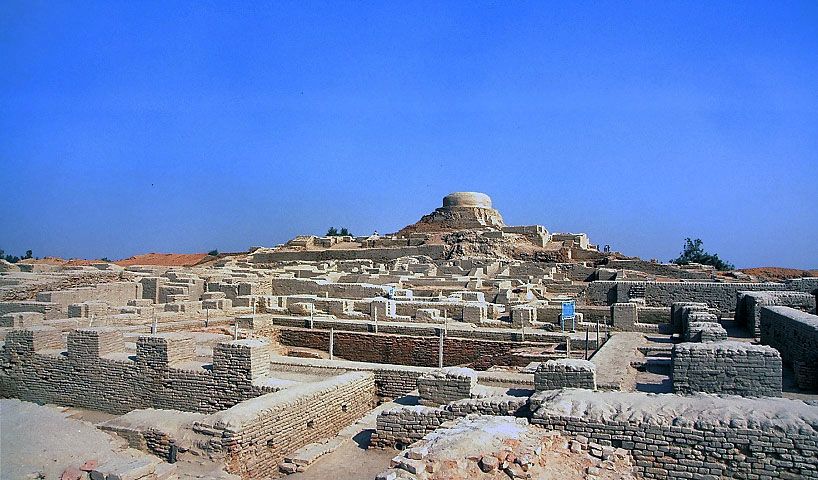
“
Mohenjo-Daro, often referred to as the "Mound of the Dead Men," stands as one of the most remarkable cities of the ancient Indus Valley Civilization. In this blog, we will explore 20 interesting facts about Mohenjo-Daro, shedding light on its impressive infrastructure, mysterious script, and much more.1
1
”
Mohenjo-Daro, meaning "Mound of the Dead Men," was a major city of the ancient Indus Valley Civilization around 2500 BCE. This city represents one of the earliest urban centers in human history. 1
Mohenjo-Daro residents were skilled in metallurgy, as evidenced by the discovery of various metal tools and ornaments. They worked with copper, bronze, and even a form of early steel, indicating a high level of technological advancement. 2
Large storage buildings suggest they stored food in an organized way. These granaries were crucial for managing food supplies. Their presence indicates the city's ability to support a large population. 3
The people used a script that we still can't read today. This mysterious writing system is found on seals and pottery. Deciphering it could unlock more secrets about their culture and administration. 4
They had a very good drainage system with covered drains along the streets. This feature reflects advanced public sanitation practices. It also highlights the importance of hygiene in their society.5

The Great Bath is a big pool believed to be used for special ceremonies or religious baths. This structure indicates the importance of ritual cleanliness. Its sophisticated construction points to advanced engineering skills.
Many wells show they managed their water very well. These wells provided a steady supply of water to the inhabitants. Their construction demonstrates advanced knowledge of water management. 6
The houses were made of baked bricks and had multiple rooms and courtyards. This construction method provided durability and comfort. The presence of courtyards suggests a focus on communal and family activities. 7
Mohenjo-Daro featured multi-story buildings, showcasing advanced construction techniques and urban planning, with structures made of durable baked bricks—a remarkable feat for its time.8
They made seals with designs showing they traded with other regions. These seals often featured intricate carvings and symbols. They indicate a well-established trade network. 9
They created statues and figurines, like the famous "Dancing Girl" bronze statue. This artwork highlights their skill in metallurgy and craftsmanship. The figurines reflect cultural and possibly religious significance. 10
There are no grand palaces or temples, suggesting a more equal society. This absence indicates a possible lack of centralized authority. It suggests a community with more egalitarian social structures. 11
Few weapons have been found, suggesting they were peaceful. This scarcity points to a society with minimal conflict. It indicates a preference for peaceful coexistence and trade. 12

The city had a citadel with important buildings and a lower city where people lived. The citadel likely housed administrative and religious buildings. The Lower City was where the majority of the population resided.
Changes in climate and rivers may have caused the city to decline. Environmental shifts likely impacted their agriculture and water supply. These changes could have led to the eventual abandonment of the city. 13
The city was buried and forgotten until archeologists rediscovered it in the 1920s. This rediscovery has provided a wealth of knowledge about ancient urban life. It has sparked continued interest and research into the Indus Valley Civilization. 14
At its peak, about 40,000 people lived in Mohenjo-Daro. This large population indicates a highly organized and sustainable urban environment. It highlights the city's importance as a major ancient center. 15
There are no records of kings, so we don't know how they were governed. This lack of information about leadership suggests a different political structure. It remains one of the many mysteries of Mohenjo-Daro. 16
Besides the Great Bath, there were smaller baths, showing they valued cleanliness. These baths suggest a cultural emphasis on hygiene. They also indicate advanced engineering to support public sanitation. 17
Artifacts indicate that Mohenjo-Daro used uniform weights and measures. This standardization suggests a well-regulated trade system and consistency in commercial transactions across the city. 18


